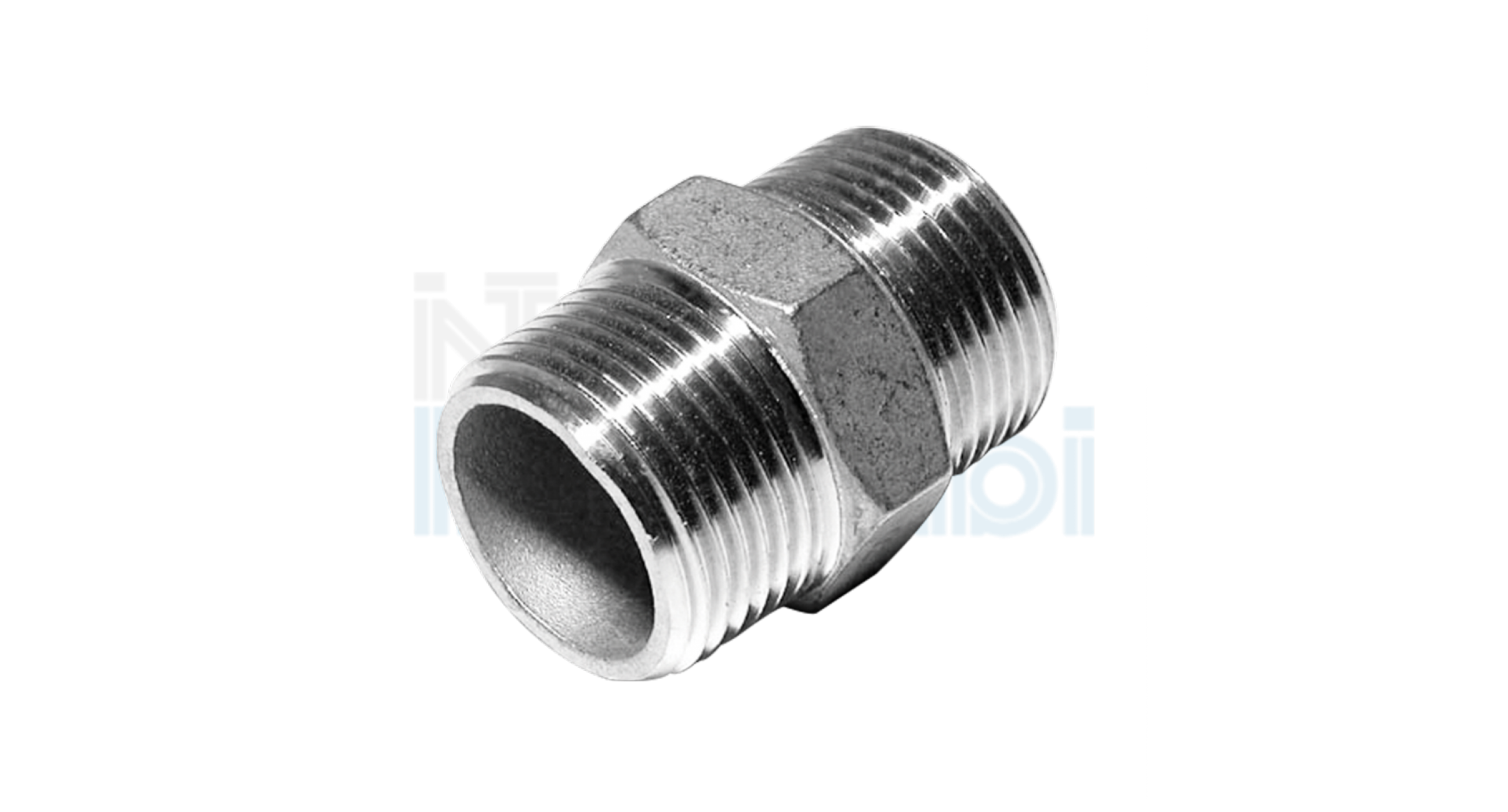How to make the threads for the steel fittings?
As anticipated in the previous paragraphs, there are different types of threads that can be used to connect the
hydraulic fittings. What they have in common are the production methods which, albeit with different parameters and measures, have similar peculiar traits:
- Casting: the thread is made already in the production phase of the component. This allows you to reduce the number of operations even if the finish is not always excellent and may require a subsequent finishing;
- Molding: as in the following case, the threading is carried out during the production phase, optimizing it;
- Rolling: the use of special rollers allows you to trace the shape of the thread by pressing the material, improving the area (creating compression areas that are especially useful for fatigue) and reducing the chip generated to a minimum;
- Turning: classic operation of chip removal on cylindrical surfaces, allows to obtain threads with excellent tolerances but requires more than a single pass to obtain the desired shape;
- Machining by chip removal: it is made with inserts which are then removed. It is useful when you want to obtain a recessed thread with a height similar to that of the unmachined part.
In any case, the optimization of the parameters and the choice of the most suitable production process represent fundamental variables that the manufacturer must take into account to avoid breakages, cracks or other problems that may occur during operation and compromise the functioning of the fittings.
Stainless steel: a perfect material for threaded fittings
Stainless steel is a material with which we are in daily contact and which is the state of the art for numerous objects: pots, accessories, cutlery are just some of the examples that immediately come to mind.
What made this material so important are its characteristics, mechanical and otherwise. In fact, the main properties that can be mentioned are:
- Mechanical resistance: belonging to the family of steels, it has mechanical characteristics of hardness, static resistance, fatigue resistance and important resilience, regardless of the specific stainless steel considered for the application;
- Corrosion resistance: this characteristic is essential for hydraulic applications that require resistance to aggressive environments that can lead to deterioration of the characteristics over time.
- Highest hygiene: it does not release contaminating elements in the fluid with which it comes into contact. This property is central to systems that convey drinking water that can come into contact with humans.
- Machinability: stainless steel lends itself to mechanical shaping and chip removal processes that make it possible to create both the structure of the component and the thread itself.
- Applicability in different conditions: stainless steel fittings can be used in different pressure and temperature conditions that put a strain on the material. However, stainless steel has a high resistance to both high and low temperatures, reducing the risk of brittleness.
Why choose threaded hydraulic fittings?
The choice of threaded hydraulic fittings compared to welded hydraulic fittings derives from numerous considerations that can be carried out during the design phase of the systems. First of all, threading represents a varied and widely known method of connection worldwide: just think of how many threaded objects are before our eyes every day!
Furthermore, the choice of thread for hydraulic fittings can lead to some non-negligible advantages:
- The thread represents a removable connection: any failure, anomaly, breakage or malfunction that occurs in the system, it is possible to intervene to replace or repair a component simply by unscrewing the connection and acting on site.
- Assembly is quick and easy: compared to welding, which requires a certain amount of experience in terms of application, threading can be used more simply and effectively even by less expert hands;
- It does not lead to alterations to the structure of the material: welding, regardless of the methodology, leads to overheating, sometimes accompanied by filler material which modifies the chemical composition of the material, altering its properties. Although this can also be an advantage, in the hands of an inexperienced welder it can cause even considerable damage.
In any case, as already mentioned previously, the choice of the hydraulic fitting with the correct threading is an obligation.
